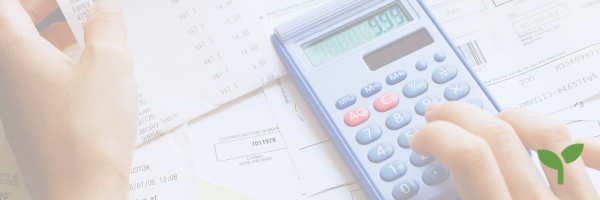Simplified Expenses – What You Need to Know
Did you know that if you’re self-employed, there’s a simplified way of calculating some of your business expenses using flat rates, instead of working out your actual costs?
You don’t have to use simplified expenses – you can decide whether it suits your business. But if you’re a sole trader or in a business partnership (with no limited company partners), you may find it useful.
Which expenses can be simplified?
You can only use flat rates for these three types of costs:
-
Business vehicle costs
-
Working from home
All other expenses must be calculated by working out the actual business cost.
How to use simplified expenses
Step 1 – Keep records of:
-
your business miles for vehicles
-
the hours you work from home each month
Step 2 – At the end of the tax year, apply the HMRC flat rates.
Step 3 – Include the amounts in the total expenses section of your Self Assessment.
Vehicle flat rates
Flat rates replace all vehicle running costs (fuel, insurance, repairs etc.). Once you choose this method for a vehicle, you must continue to use it for that vehicle in future years.
-
Cars and goods vehicles (first 10,000 miles): 45p per mile
-
Cars and goods vehicles (after 10,000 miles): 25p per mile
-
Motorcycles: 24p per mile
Working from home flat rates
You can use flat rates if you work from home for at least 25 hours per month.
| Hours worked at home per month | Flat rate (per month) |
|---|---|
| 25 to 50 hours | £10 |
| 51 to 100 hours | £18 |
| 101+ hours | £26 |
Should I use simplified expenses?
Sometimes simplified expenses give you a better result, sometimes not – it depends on your situation. HMRC has a simplified expenses checker to help you compare flat rates with your actual costs.





